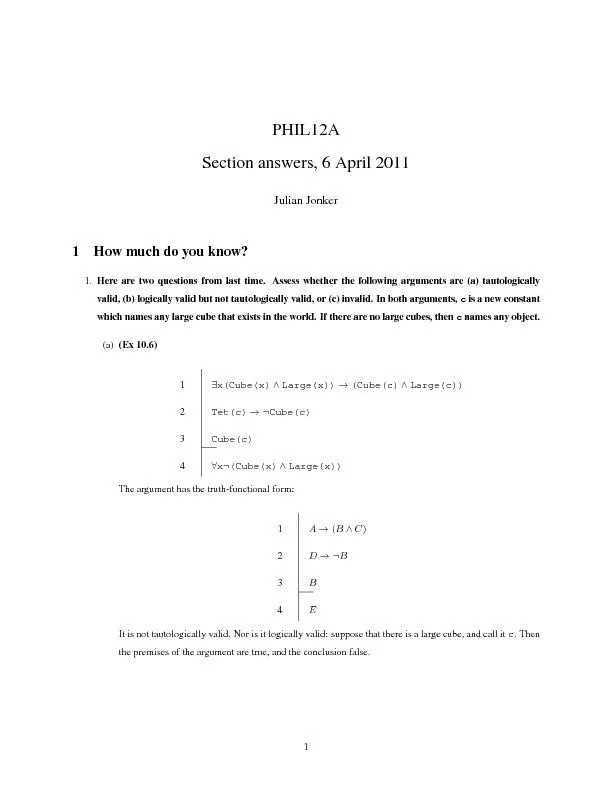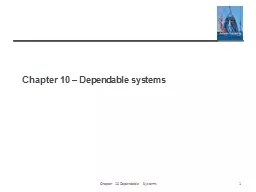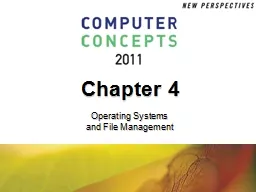PPT-Practice: Large Systems Chapter 7
Author : briana-ranney | Published Date : 2018-09-20
Overview Introduction Strong Consistency Crash Failures Primary Copy Commit Protocols CrashRecovery Failures Paxos Chubby Byzantine Failures PBFT Zyzzyva CAP
Presentation Embed Code
Download Presentation
Download Presentation The PPT/PDF document "Practice: Large Systems Chapter 7" is the property of its rightful owner. Permission is granted to download and print the materials on this website for personal, non-commercial use only, and to display it on your personal computer provided you do not modify the materials and that you retain all copyright notices contained in the materials. By downloading content from our website, you accept the terms of this agreement.
Practice: Large Systems Chapter 7: Transcript
Download Rules Of Document
"Practice: Large Systems Chapter 7"The content belongs to its owner. You may download and print it for personal use, without modification, and keep all copyright notices. By downloading, you agree to these terms.
Related Documents














